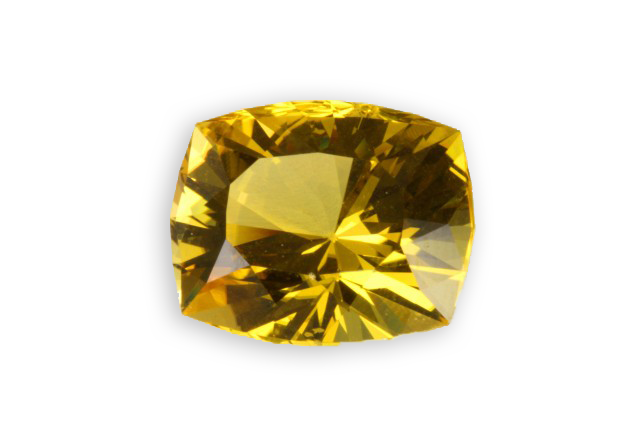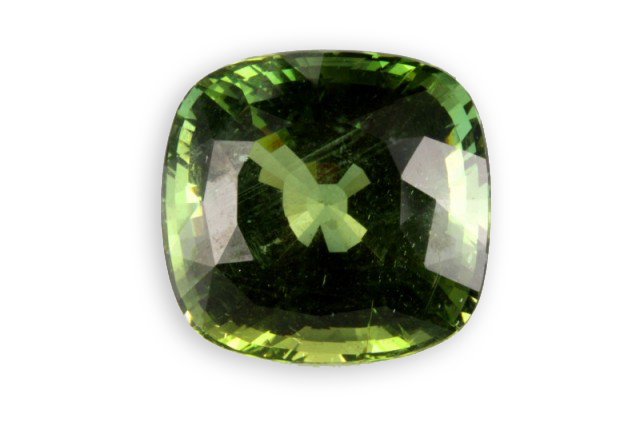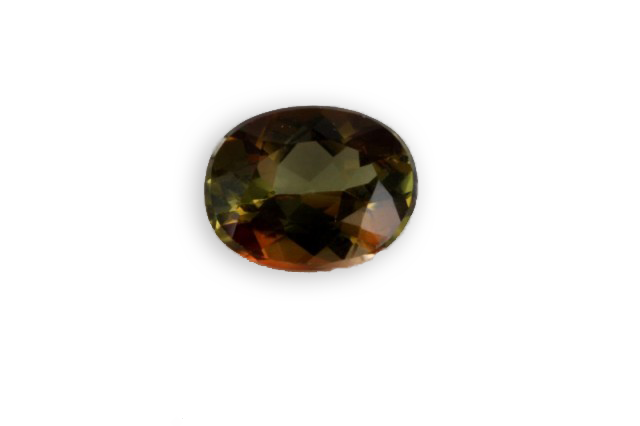
yellow
Je vous emmène à travers mes vidéos découvrir mon expérience acquise depuis plus de 30 ans a silloner le globe entier à la recherche de pierres précieuses, de rencontre mémorables mais aussi de difficulté parfois …
actualités
Categories


bastnaesite
It takes its name from the mine Bastnas Riddarhyttan in Vastmanland in Sweden where it was discovered. There are three varieties of bastnaesite based on the predominant “rare earth element” (rare metallic chemical elements) in it. Here lanthanum is the dominating but also cerium can

barytocalcite
Discovered in 1824 in England, it was named after its composition, it contains barium as much as barite and it is a carbonate (calcium, as calcite, but with the addition of barium).



andalusite
Identified by Delametherie in 1798, it was named after a Spanish province, Andalusia, where it was found, near Almeria. Chiastolite the variety, also known as “Stone Cross” is a variety of opaque white to gray andalusite, which comes in elongated prisms which, when cut perpendicular



